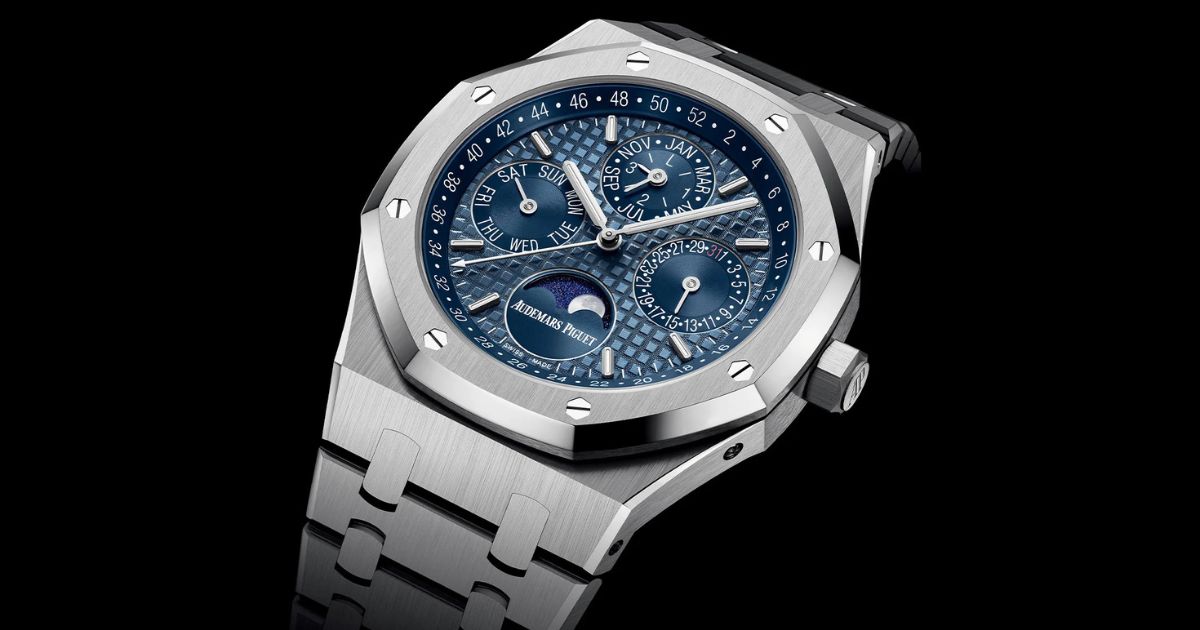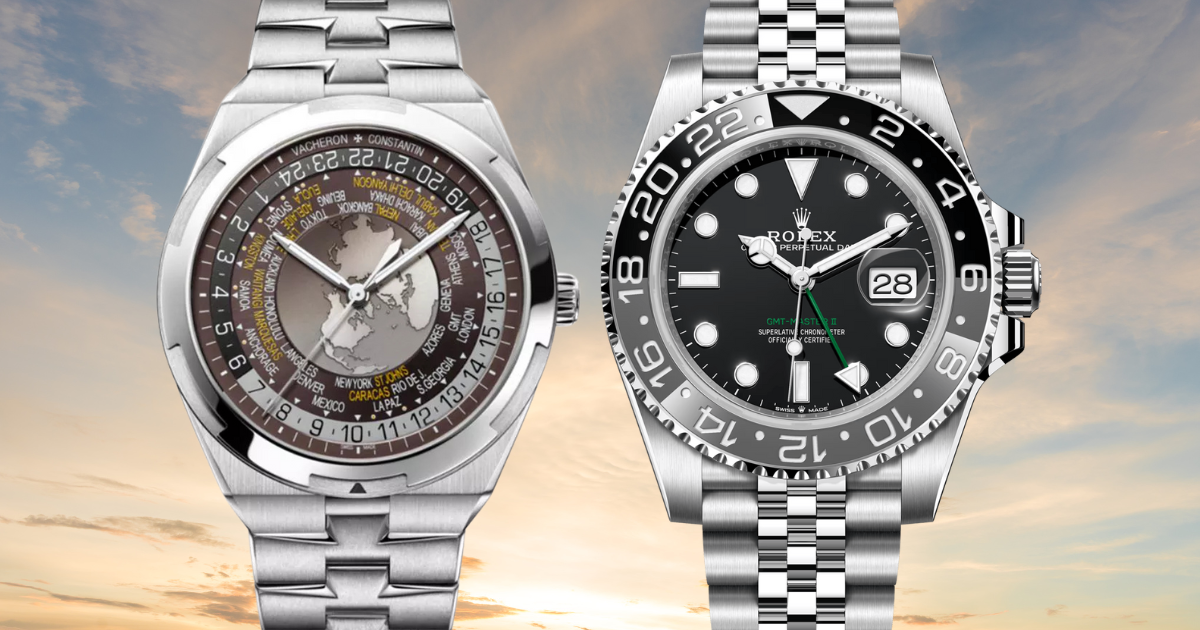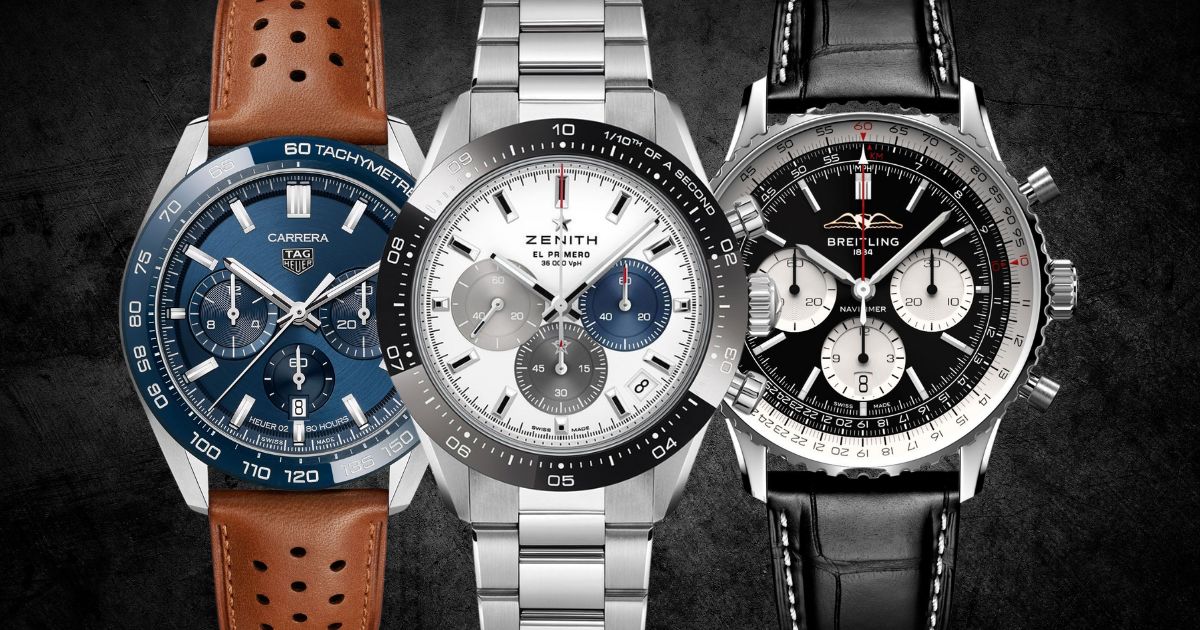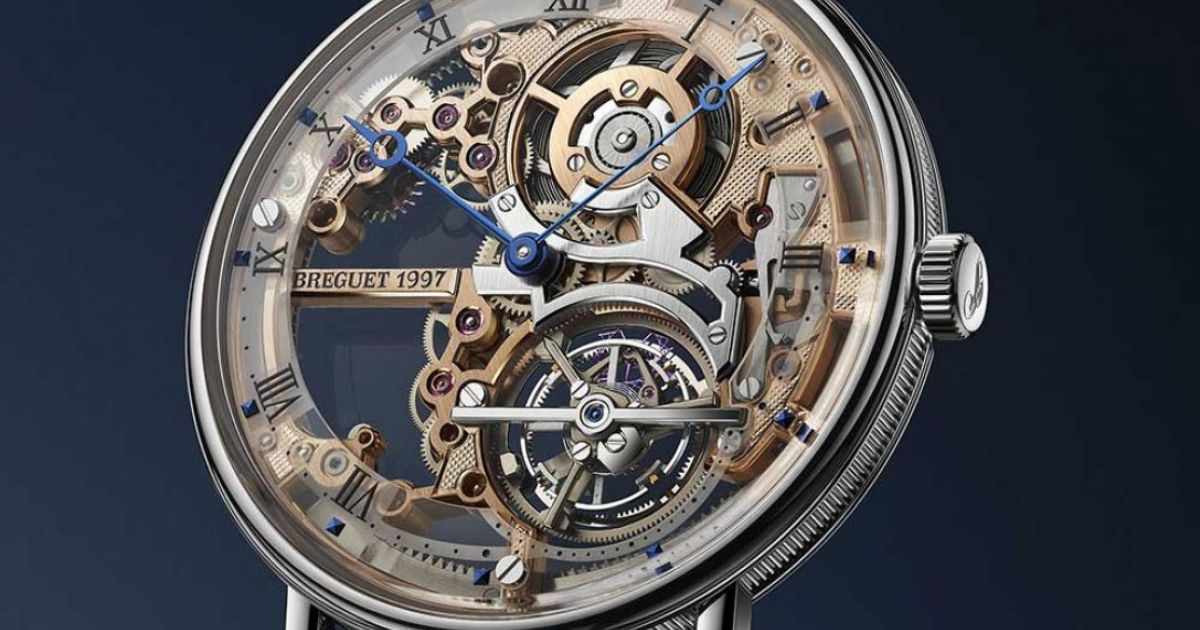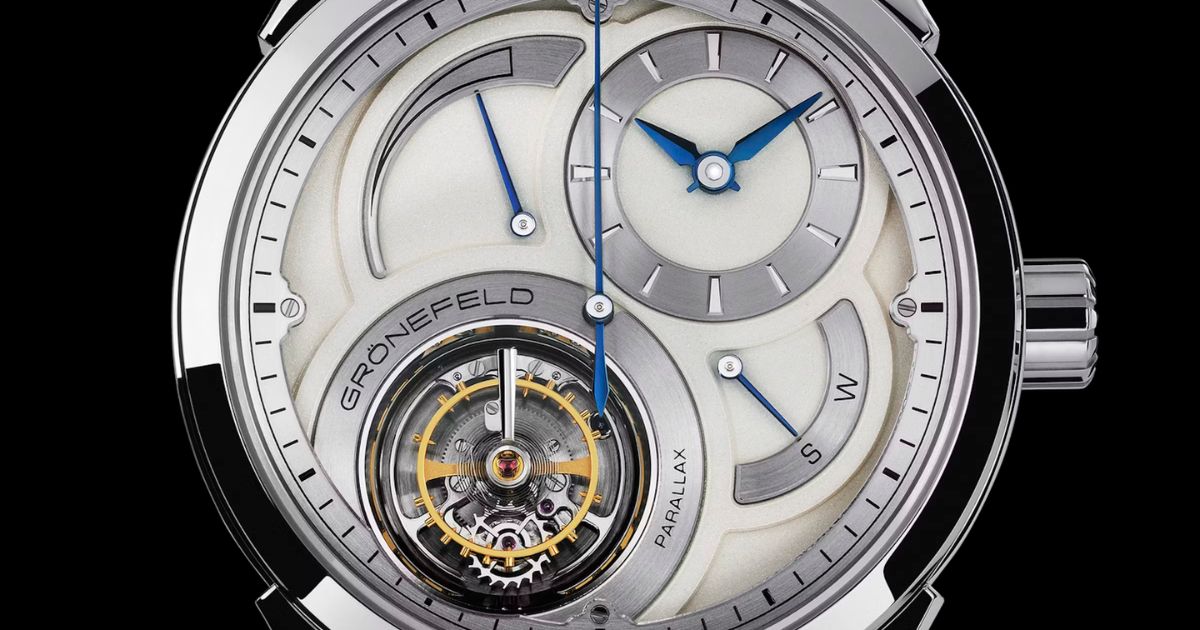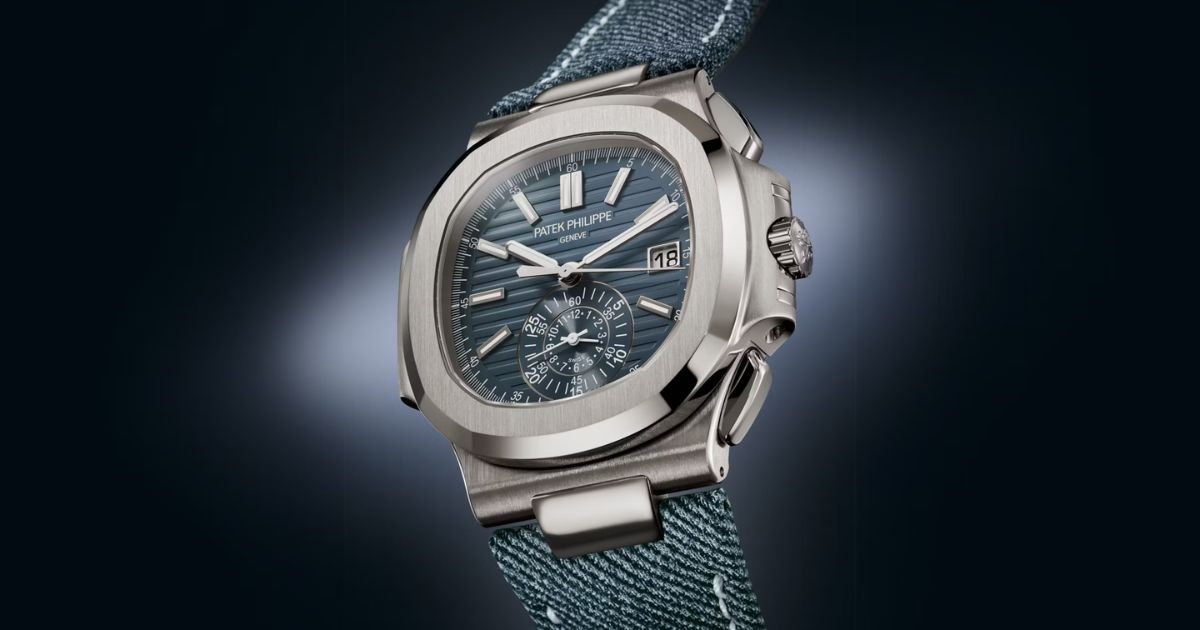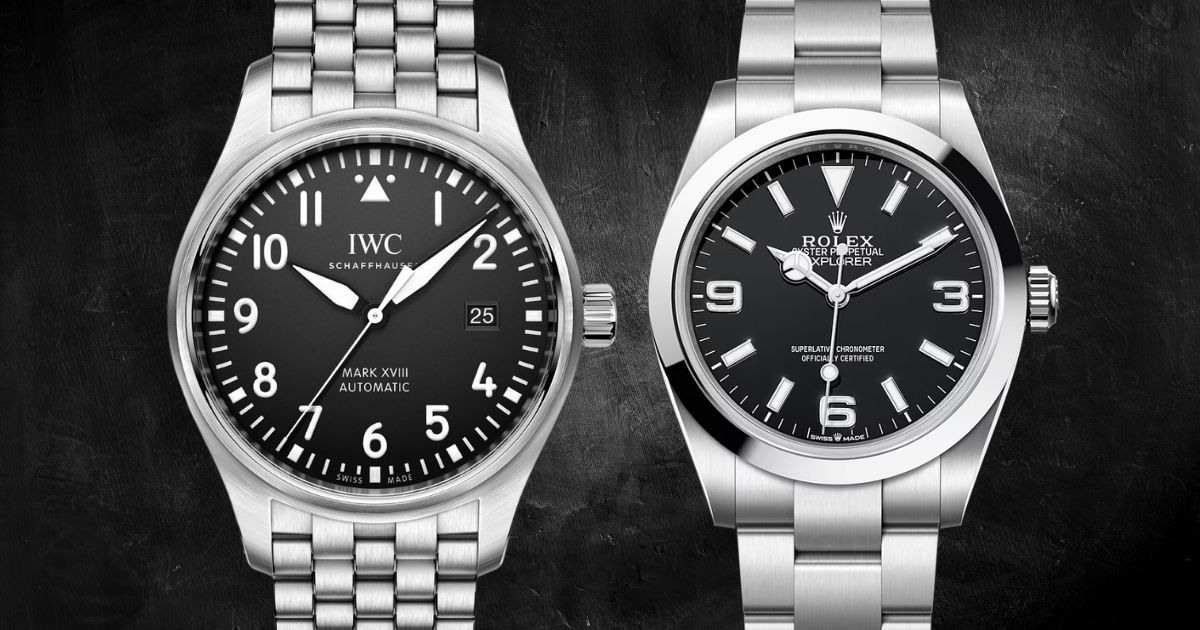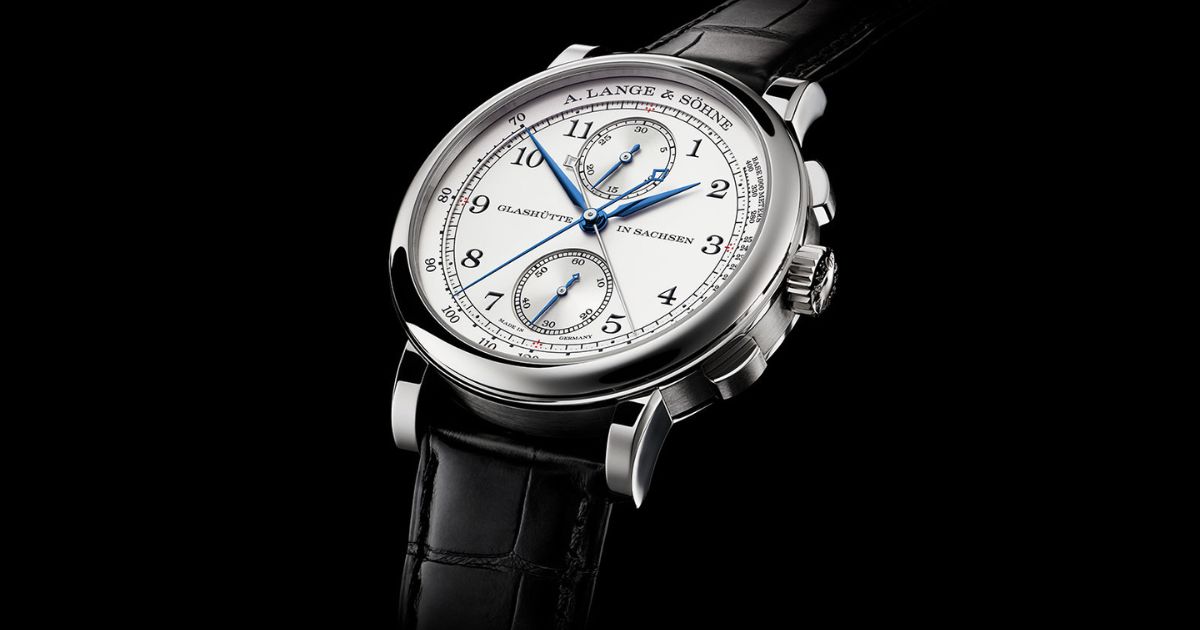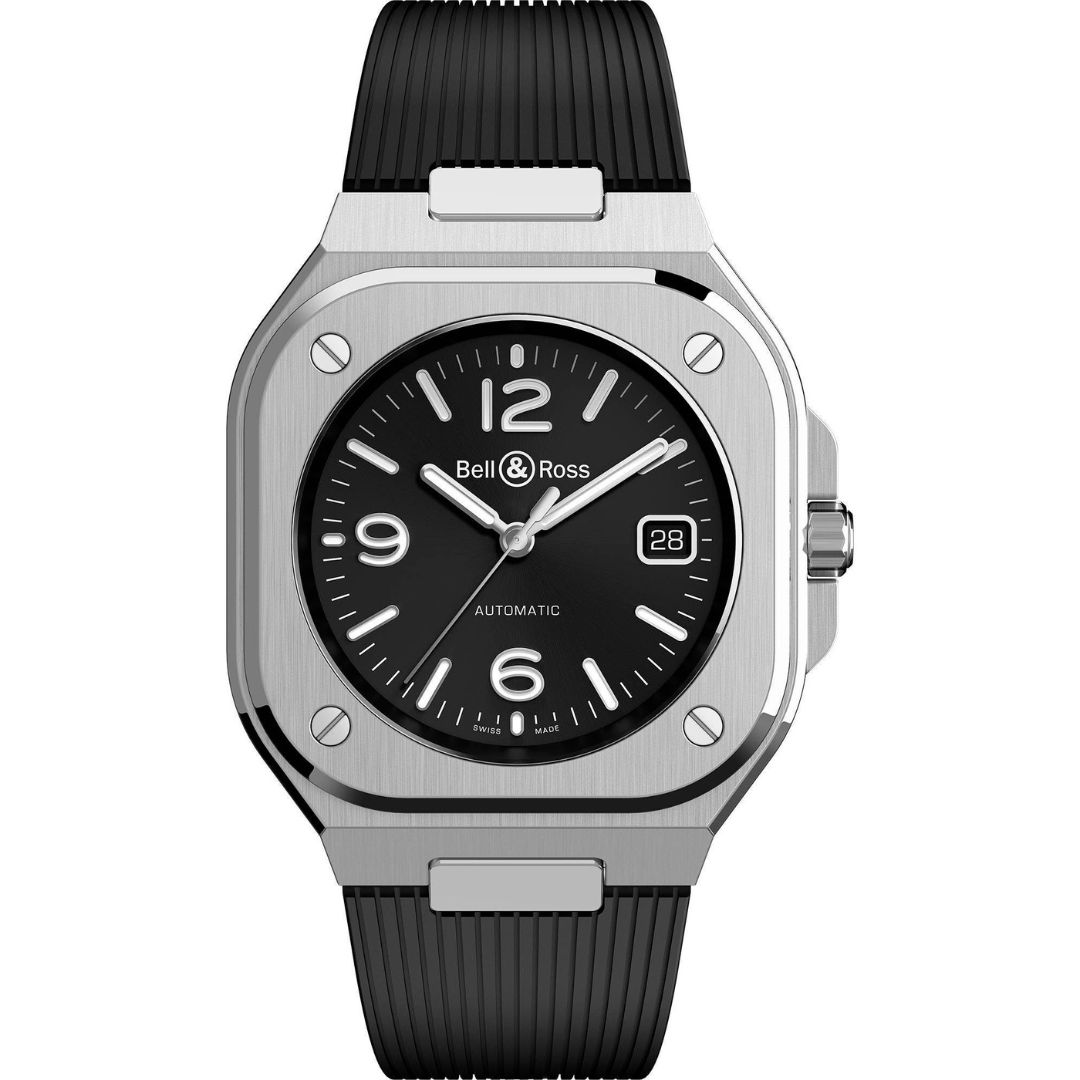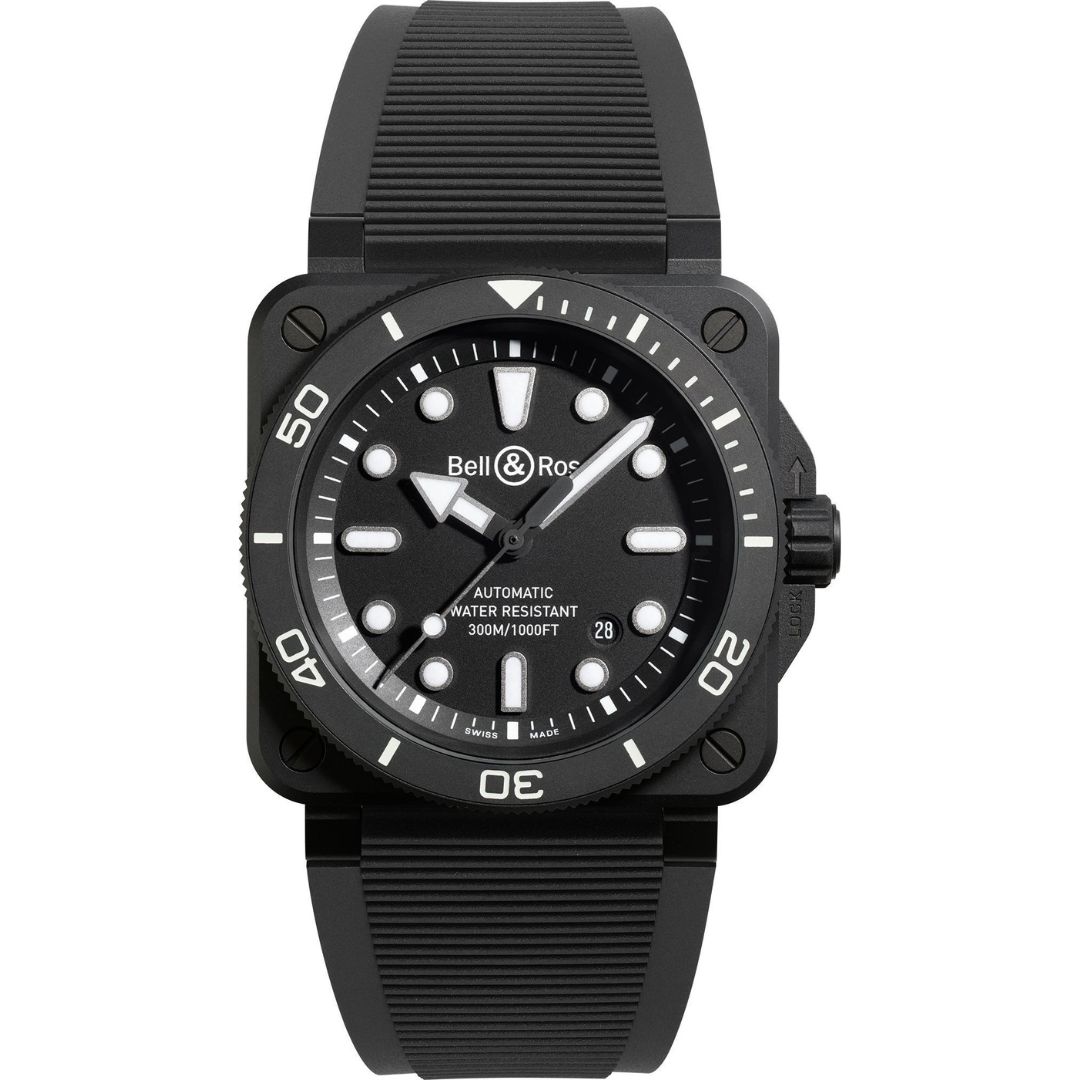In the world of horology, complications are not problems—they’re achievements. From chronographs to moonphases, these intricate mechanisms represent the pinnacle of mechanical watchmaking. Among them, the perpetual calendar stands as one of the most prestigious and awe-inspiring complications ever devised. But what exactly is a perpetual calendar watch, and why is it such a big deal in the luxury watch world? In this complete guide, we will explore the history, mechanics, benefits, and considerations of perpetual calendar watches.
Understanding the Basics: What Is a Perpetual Calendar?
A perpetual calendar is a complication in a mechanical watch that automatically accounts for the varying lengths of months and leap years—without needing manual adjustment until the year 2100 (and in some cases, beyond).
Unlike a standard calendar watch, which might need to be adjusted at the end of any month with fewer than 31 days, a perpetual calendar “knows” whether a month has 30 or 31 days and whether it’s a leap year with 29 days in February. It does this entirely through mechanical components—no electronics involved.
A perpetual calendar typically displays:
- Day of the week
- Date
- Month
- Leap year cycle
- Moon phase (optional but common)
This makes it one of the most complex yet elegant mechanical feats in watchmaking.
The Origins: A Brief History of Perpetual Calendars
The idea of a perpetual calendar predates wristwatches. The earliest examples were found in pocket watches, with the first known perpetual calendar mechanism created by English watchmaker Thomas Mudge in 1762.
However, it wasn’t until the 20th century that watchmakers miniaturized this complication enough to fit into wristwatches. Patek Philippe is often credited with creating the first perpetual calendar wristwatch in 1925, a repurposed pocket watch movement placed into a wristwatch case.
In the 1980s, amid the Quartz Crisis, Swiss brands began pushing the envelope of mechanical ingenuity to differentiate themselves. Perpetual calendars became symbols of haute horlogerie (high watchmaking), solidifying their place as aspirational timepieces.
How Does a Perpetual Calendar Watch Work?
To appreciate the brilliance of a perpetual calendar, one must look under the dial at the tiny mechanical ballet taking place. The movement uses a complex system of cams, levers, gears, and memory wheels to track and adjust the date.
Key Components:
- Date wheel: Shows the current day in numerical form.
- Month wheel: Rotates to indicate the month and triggers the correct date length.
- Leap year cam: Keeps track of the four-year leap cycle.
- Program wheel: The “brain” of the watch, usually with 48 teeth—one for each month in a four-year cycle.
- Day disc: Shows the day of the week.
- Moon phase disc: Accurately tracks the moon’s cycle, typically with 122.5-year precision.
The movement is pre-programmed to advance the date accurately at the end of each month—including adjusting for February 28 or 29—and automatically continues this cycle without user intervention, provided the watch stays wound.
Perpetual vs. Annual vs. Simple Calendar Watches
It’s easy to confuse perpetual calendars with annual calendars or complete calendars, but the differences are significant:
| Feature | Perpetual Calendar | Annual Calendar | Simple Calendar |
|---|---|---|---|
| Adjusts for leap years | ✅ | ❌ | ❌ |
| Auto-adjusts for month length | ✅ | ✅ (except Feb) | ❌ |
| Adjustment frequency | Once in a century | Once a year (Feb) | Monthly |
| Complexity & cost | High | Moderate | Low |
Why Perpetual Calendar Watches Are So Coveted
There are several reasons collectors and horology enthusiasts are drawn to perpetual calendars:
Mechanical Ingenuity
The sheer complexity of packing so much calendrical data into a small, purely mechanical device is a marvel. It’s watchmaking artistry at its finest.
Utility and Convenience
Unlike other calendar watches, perpetual calendars require virtually no adjustment—perfect for those who don’t want to reset their watch every month.
Status Symbol
Due to their high production costs, perpetual calendar watches are typically crafted by luxury maisons like Patek Philippe, Audemars Piguet, Vacheron Constantin, IWC, and Jaeger-LeCoultre. Owning one signals refined taste and horological appreciation.
Collectability
Limited production numbers and high complexity make perpetual calendars highly collectible. Some models become heirloom pieces or investment-grade watches.
Notable Perpetual Calendar Watches
Here are some iconic examples that represent the diversity and excellence of perpetual calendar watchmaking:
Patek Philippe Grand Complications Ref. 5327
An ultra-classic execution with elegant dial symmetry, moonphase, and leaf hands. Housed in an automatic Caliber 240 Q movement.
Audemars Piguet Royal Oak Perpetual Calendar
Combining Gérald Genta’s legendary design with a cutting-edge ultra-thin movement. Offers a bold, modern aesthetic with technical flair.
IWC Portugieser Perpetual Calendar
Known for its intuitive four-register layout and 7-day power reserve. Uses IWC’s in-house Pellaton winding system.
Jaeger-LeCoultre Master Ultra Thin Perpetual
A sleek, understated model under 10mm thick. Perfect for dressy occasions yet packed with technical brilliance.
Vacheron Constantin Overseas Perpetual Calendar Ultra-Thin
A luxurious sports watch with full perpetual calendar and moonphase, all in a 8.1mm case.
Potential Drawbacks and Considerations
Perpetual calendars are not without their quirks. Here are a few practical considerations:
1. Cost
Expect to pay tens of thousands of dollars, with many models priced well over $50,000 USD. The hand-assembly, regulation, and finishing demand highly skilled labor.
2. Fragility
With so many components, these watches are more delicate than simpler models. Mishandling can lead to costly repairs.
3. Complicated Adjustment
If a perpetual calendar watch stops for an extended period, resetting it can be tricky. Some models require tools or professional servicing to adjust safely.
4. Service Costs
Servicing a perpetual calendar requires specialist knowledge and can cost significantly more than a basic watch—often upwards of $1,000–$2,000.
How to Maintain a Perpetual Calendar Watch
To get the most out of your perpetual calendar, follow these best practices:
- Keep it wound: Use a watch winder if it’s not worn daily.
- Avoid setting it at night: Many mechanisms change the date around midnight; adjusting then may damage the movement.
- Get professional servicing: Stick to authorized service centers for complex work.
- Read the manual: Each brand may have different instructions or restrictions.
Perpetual Calendars in the Modern Era: Mechanical vs. Digital
While modern smartwatches and smartphones can display calendars that go far beyond 2100, the mechanical perpetual calendar remains a symbol of traditional craftsmanship. It’s not about utility—it’s about heritage, art, and celebrating human ingenuity.
That said, modern advances such as ultra-thin calibers, silicon components, and modular calendar systems have made perpetual calendars more reliable and varied than ever before.
Should You Buy a Perpetual Calendar Watch?
A perpetual calendar is not for everyone, but it might be for you if:
- You value fine mechanical craftsmanship
- You want a prestigious, technically impressive timepiece
- You’re an avid collector or connoisseur
- You don’t mind high maintenance or cost of ownership
However, if you’re new to mechanical watches or want a rugged daily wearer, simpler watches like a date or annual calendar model might be more practical.
Conclusion: The Eternal Appeal of the Perpetual Calendar
A perpetual calendar watch is one of the greatest triumphs of horological engineering—where beauty, function, and tradition intersect. It’s a reminder that long before smartphones and microchips, humans could create wonders with nothing but gears, springs, and imagination.
For those lucky enough to own one, a perpetual calendar is more than just a timepiece—it’s a miniature machine that keeps track of time and memory across generations. And even as the world goes digital, the mechanical perpetual calendar remains eternal.






























